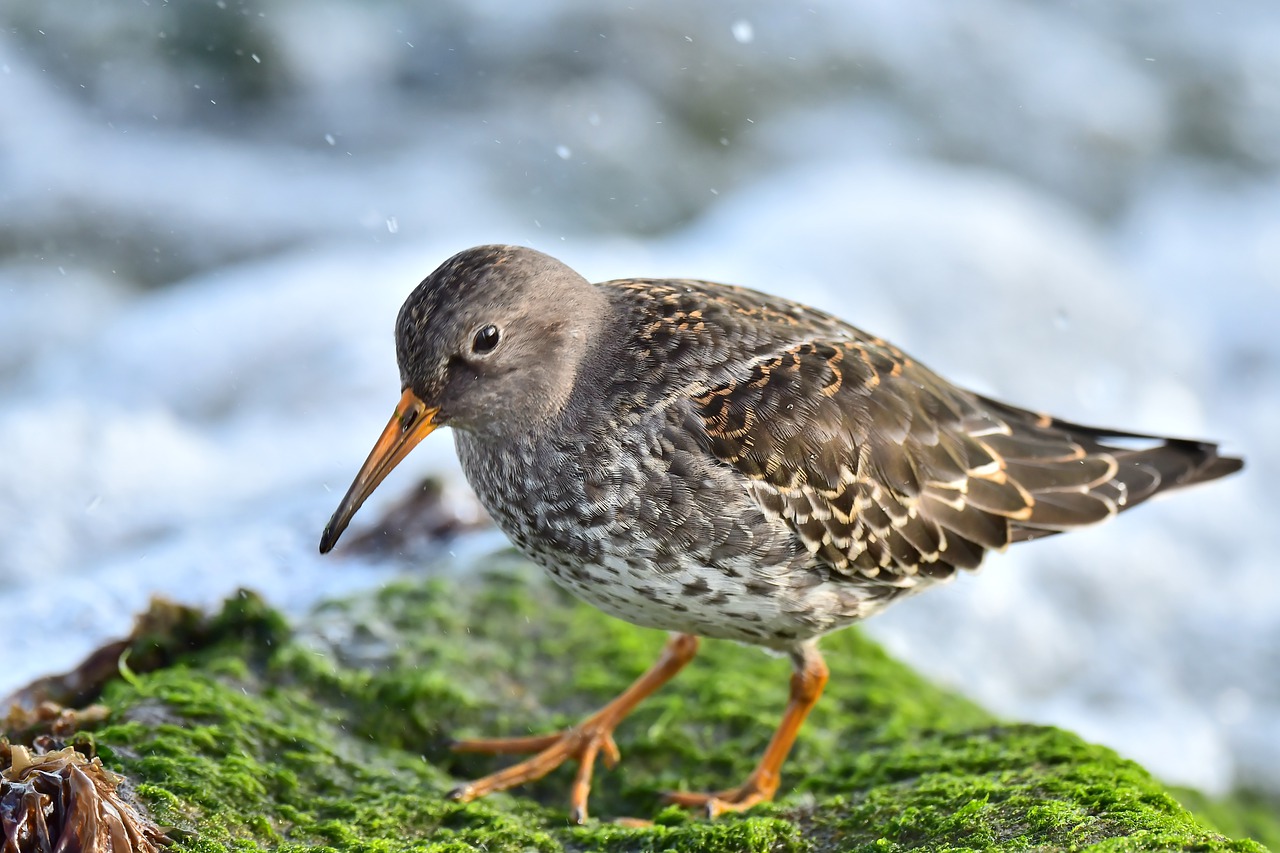Populationsstorlek, flyttningsvägar och ursprung hos skärsnäppor Calidris maritima övervintrande i Sverige
DOI:
https://doi.org/10.34080/os.v7.22965Nyckelord:
vinterekologi, ringmärkningsåterfynd, ringmärkning, tid för migration, fenologi, populationsstudierAbstract
We analysed the occurrence and breeding origin of Purple Sandpipers Calidris maritima wintering in Sweden, using data from long-term surveys along the Swedish west coast, sightings in other parts of the country, and ringing data from Sweden, Svalbard and the Baltic Sea coasts. About 2,000 Purple Sandpipers were estimated to winter in Sweden. Most of them (75%) occurred in the outer archipelago off the west coast, where birds arrived in October and November. This arrival coincided with the migration of birds along the east coast and across Sweden. Sightings and ringing recoveries confirmed that some wintering birds followed a migration route along the Swedish east coast and across northern Finland, but the data also showed that some wintering birds originated from Svalbard and migrated along the Norwegian coast. Accordingly, bill-length distribution of birds captured at the Swedish west coast indicated that at least two populations regularly occur here. Most birds had bill-lengths similar to Svalbard breeders, but several had bills longer than the maximum measurement recorded at Svalbard. Bill-lengths of migrating Purple Sandpipers captured at the Baltic Sea coasts, as well as sightings and recoveries of birds ringed in Sweden, suggested that the long-billed Purple Sandpipers use the migration route along the Swedish east coast. Probably, these birds originate from breeding grounds on the Taymyr Peninsula.
Nedladdningar

Downloads
Publicerad
Referera så här
Nummer
Sektion
Licens
Författaren/författarna innehar copyright för varje enskilt bidrag, men samtliga bidrag är publicerade under en Creative Commons-licens, så att vem som helst kan dela och återanvända bidraget förutsatt att copyright-innehavaren erkänns.







